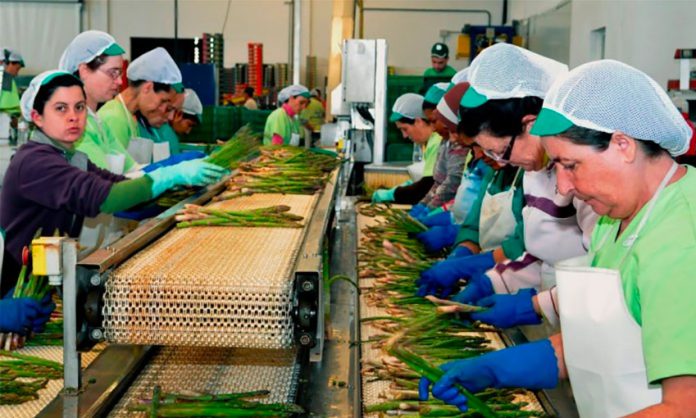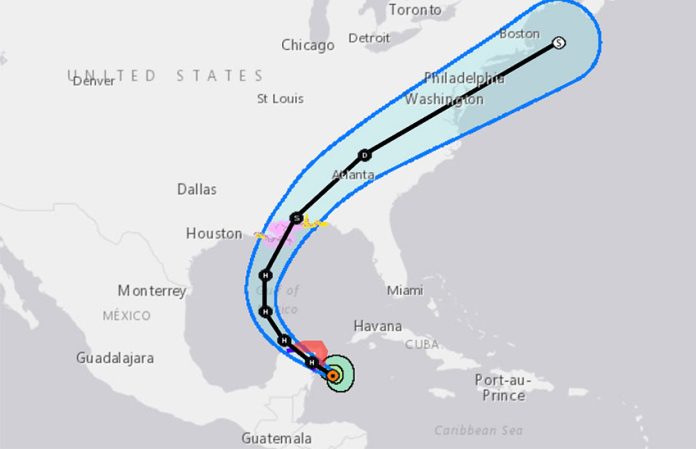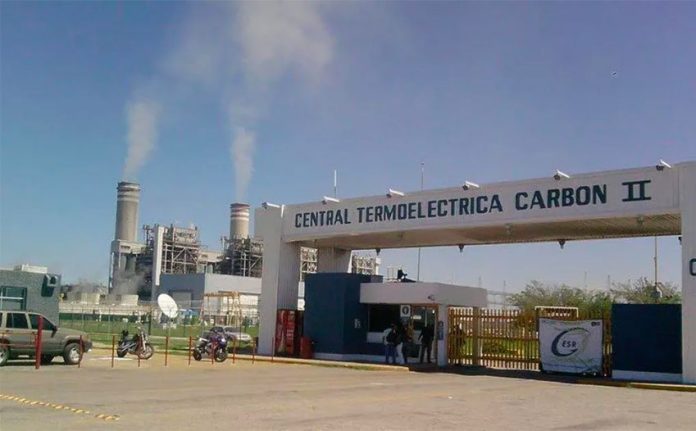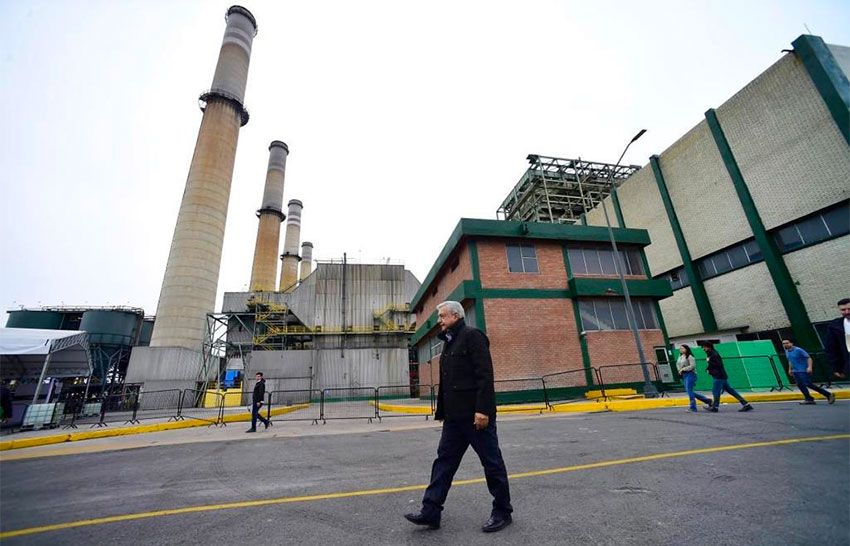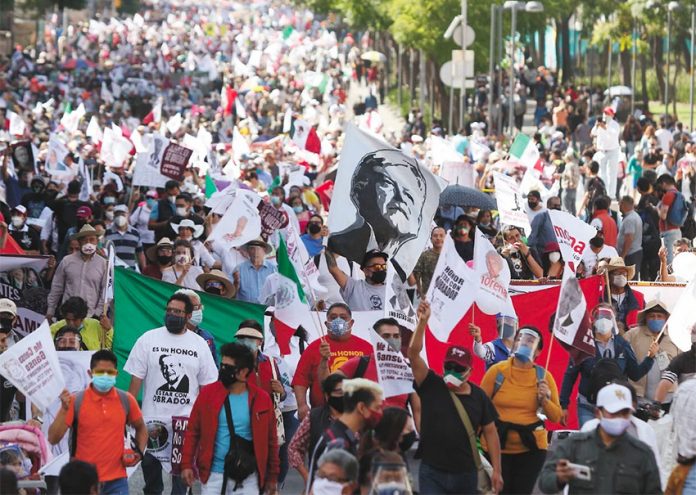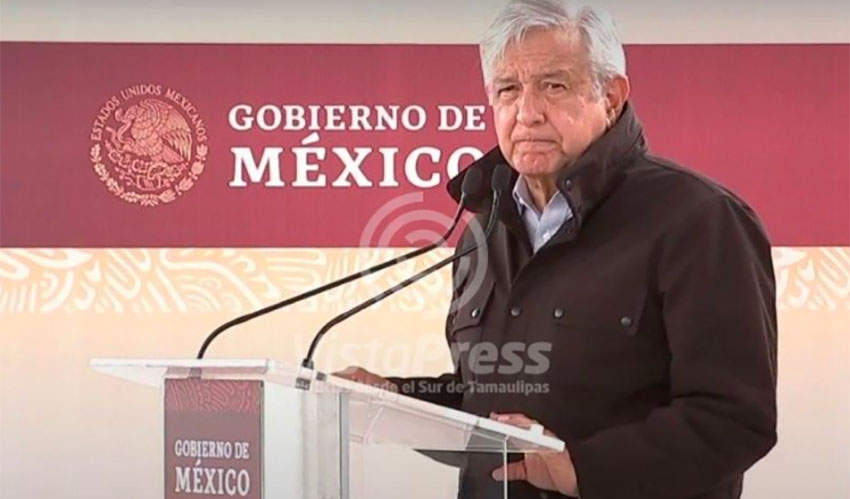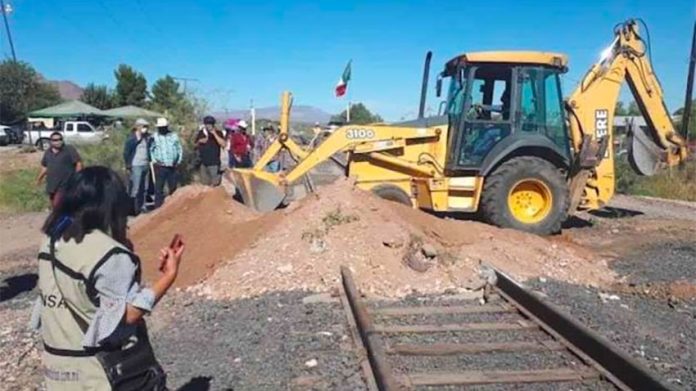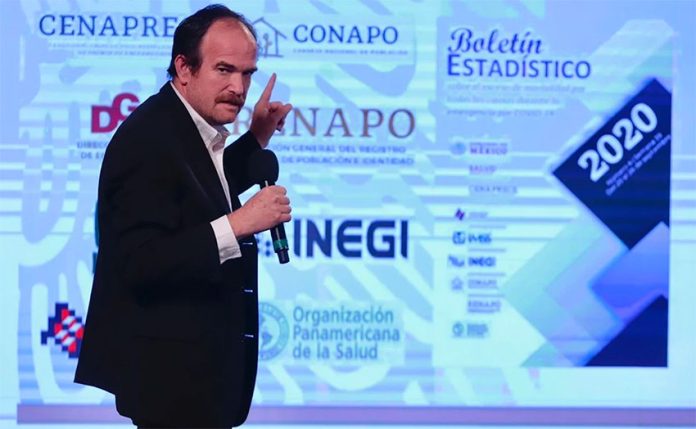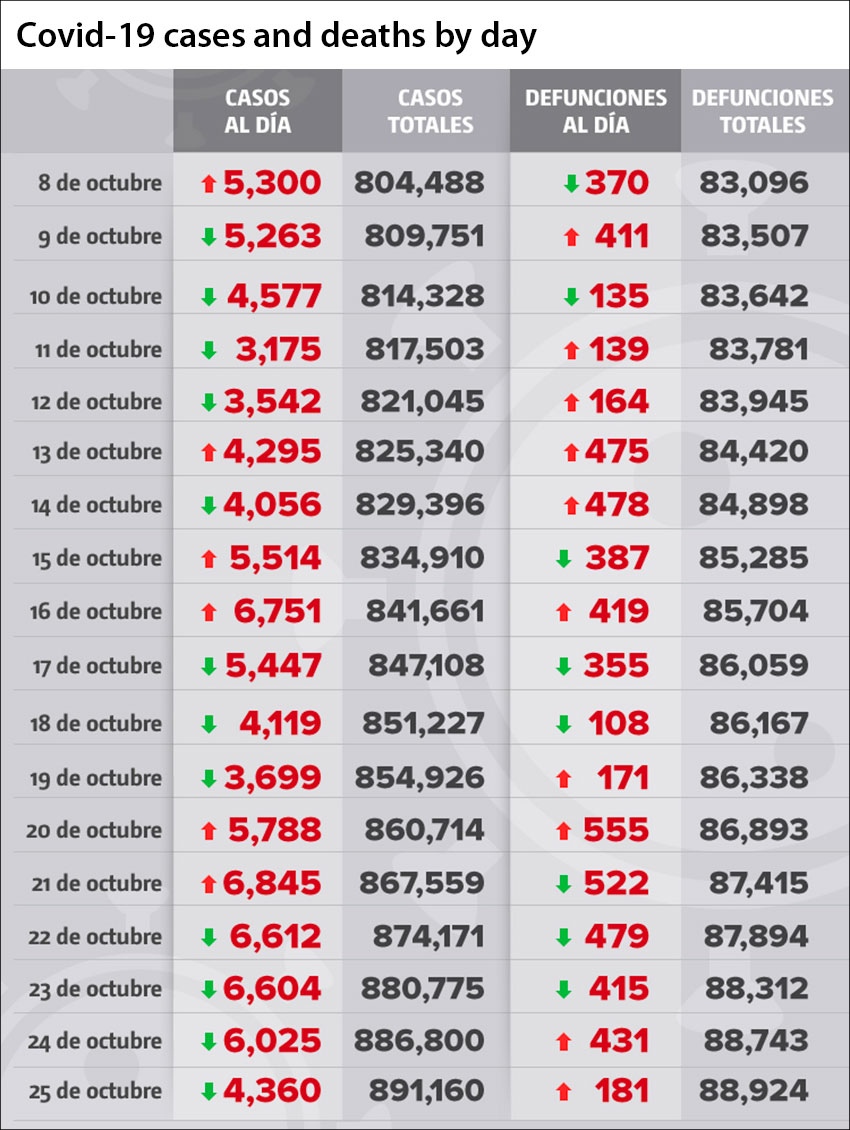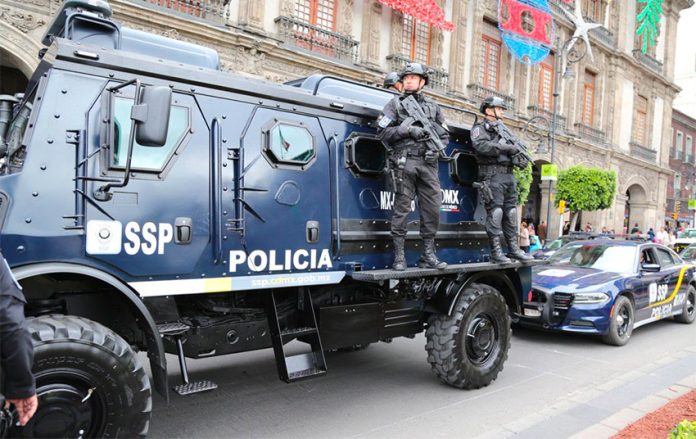If a woman’s work is never done, spare a thought for Mexican women.
Not only do they work more than men, in a country that already has the longest paid working hours in the OECD, they also clock up more hours between paid and unpaid work than their peers in other Latin American nations. And that was before Covid-19 dumped home schooling on to their already full plates.
While many women in developed economies fear that the pandemic has pushed them back into the traditional gender roles of the 1950s, their Mexican hermanas appear never to have left. Latin America’s second-biggest economy may be a sophisticated manufacturing powerhouse that has become the U.S.’s biggest trading partner, but it remains a place where female employment falls off a cliff once women reach childbearing age.
State statistics institute Inegi this month published a depressing survey of how Mexicans use their time. Overall, women do 6.2 hours more a week than men, counting both paid work and chores at home. But they do nearly triple the hours of housework as men — 30.8 hours compared with 11.6 hours — and spend more than twice as long caring for others in the household: 12.3 hours versus 5.4 hours for men.
When I, very briefly, had a Mexican boyfriend many years ago, he told me that he and his father would sit at the table for lunch to be served by his four sisters, who could not start eating before the men. He was blasé about it. (Clearly the relationship was destined not to last.)
I was reminded of that when reading the Inegi survey: Mexican women and girls spend 13.8 hours a week preparing and serving food; men spend 4.7 hours.
It is not just that in Mexico women work at home and men outside the home, either. As David Kaplan and Claudia Piras of the Inter-American Development Bank found in a study last year, Mexican women in fact work roughly the same amount of time in paid jobs as other Latin American women. It’s just that they then slap a disproportionate load of unpaid work on top, resulting in Mexican women having the highest workload in the region.
In terms of female participation in the labour force and salaries, Mexico — a G20 country — is more on par with its poor Central American neighbours than with advanced economies. The gap between men’s and women’s share of jobs in Mexico is the second widest in Latin America, second only to Guatemala.
Meanwhile, female participation in the workforce is only lower in Guatemala, El Salvador and Honduras — and Mexico’s gender pay gap is bigger than anywhere else in the region, Mr. Kaplan and Ms. Piras found. For those women in work, their career prospects are often bleak.
Providing decent childcare might appear to be the obvious solution to removing some of the barriers to getting more women into jobs. But early in his presidency, Andrés Manuel López Obrador took funding from nurseries and gave it to families directly, which he said would reduce corruption.
Despite boasting of gender parity in his government he has outraged feminist groups, who say he is not taking the escalating problem of femicides seriously enough (he says he is attending to it “every day”). In recent weeks, feminist groups have marched and occupied government offices; in March, tens of thousands of women staged a day’s strike under the slogan “a day without women.”
The problem of overworked and underpaid women is an economic one for Mexico, where gross domestic product is expected to plunge 9% this year because of the pandemic and many economists expect income per capita to be set back a dozen years. Getting women into work should be an imperative.
In that, you might think the pandemic, with its normalization of remote working, might be a blessing. But twice as many Mexican women as men have lost their jobs during Covid-19.
Meanwhile, you can almost hear Mexican women’s incredulous laughter when UN Women and Ipsos asked people in 18 countries in May if they “strongly agreed” that their care load had increased during Covid-19. The 12-point gap between Mexican men and women’s answers was larger than anywhere else.
© 2020 The Financial Times Ltd. All rights reserved. Please do not copy and paste FT articles and redistribute by email or post to the web.
